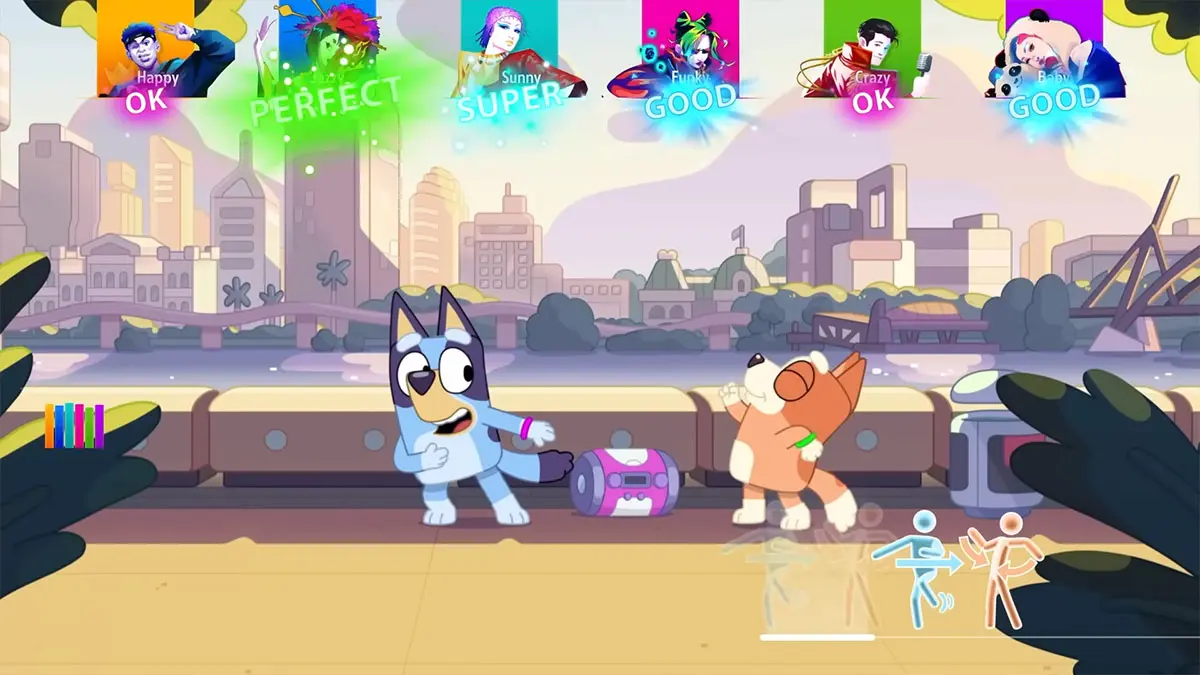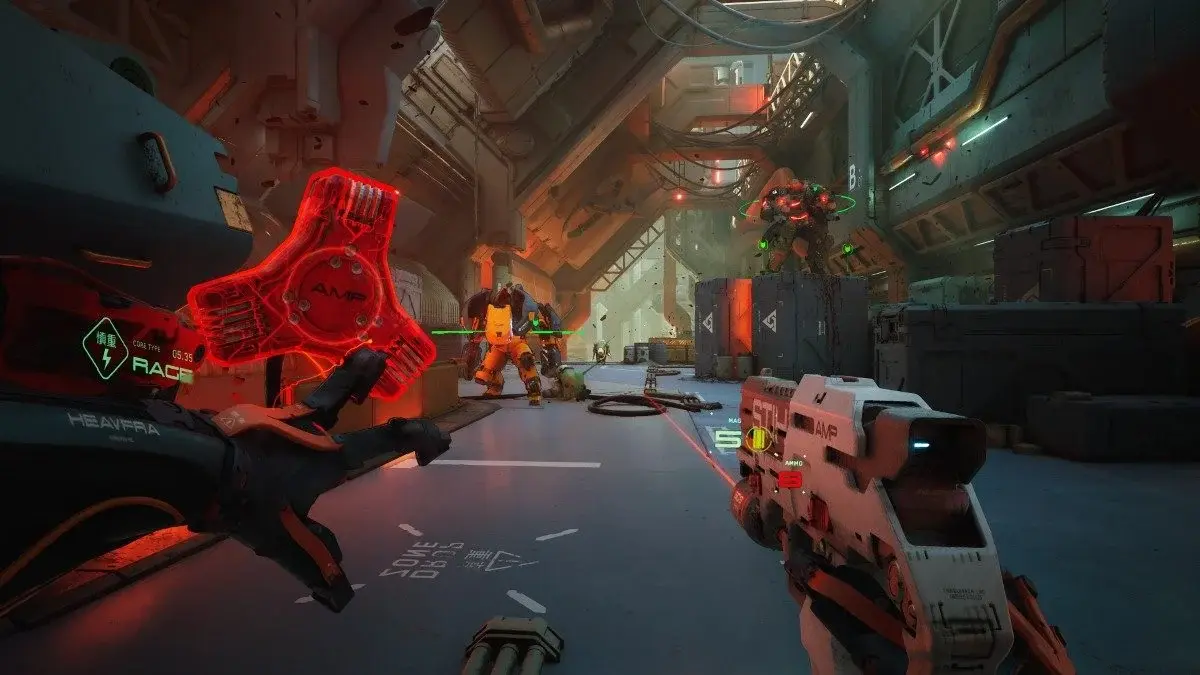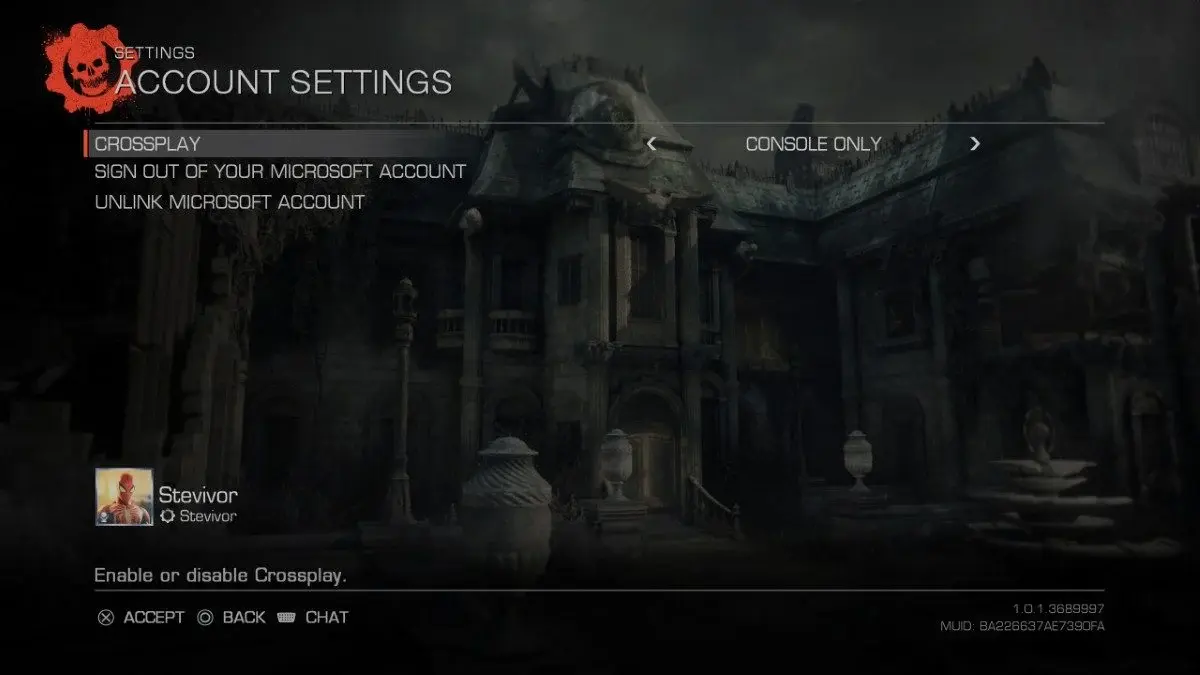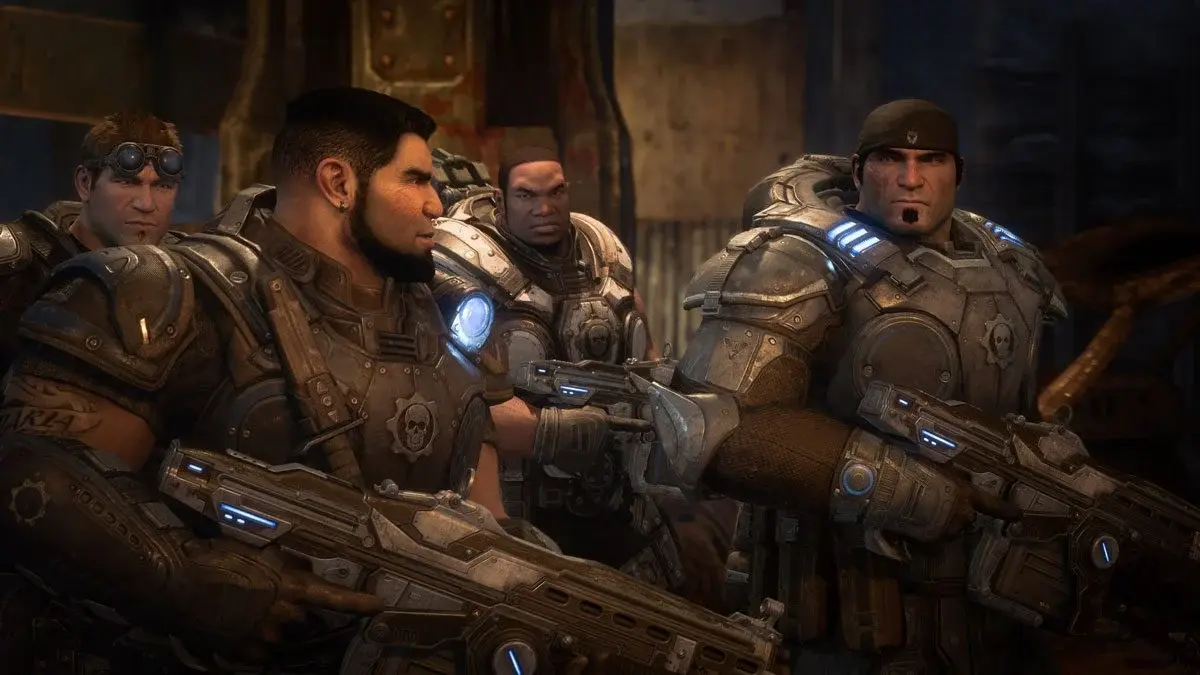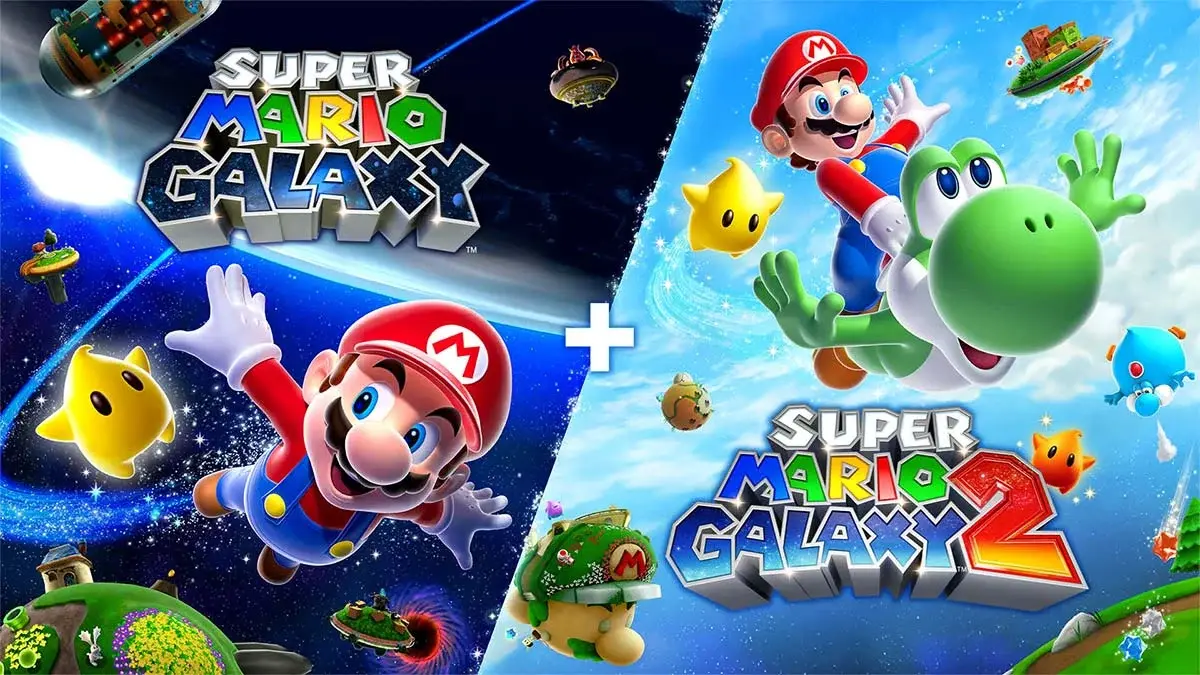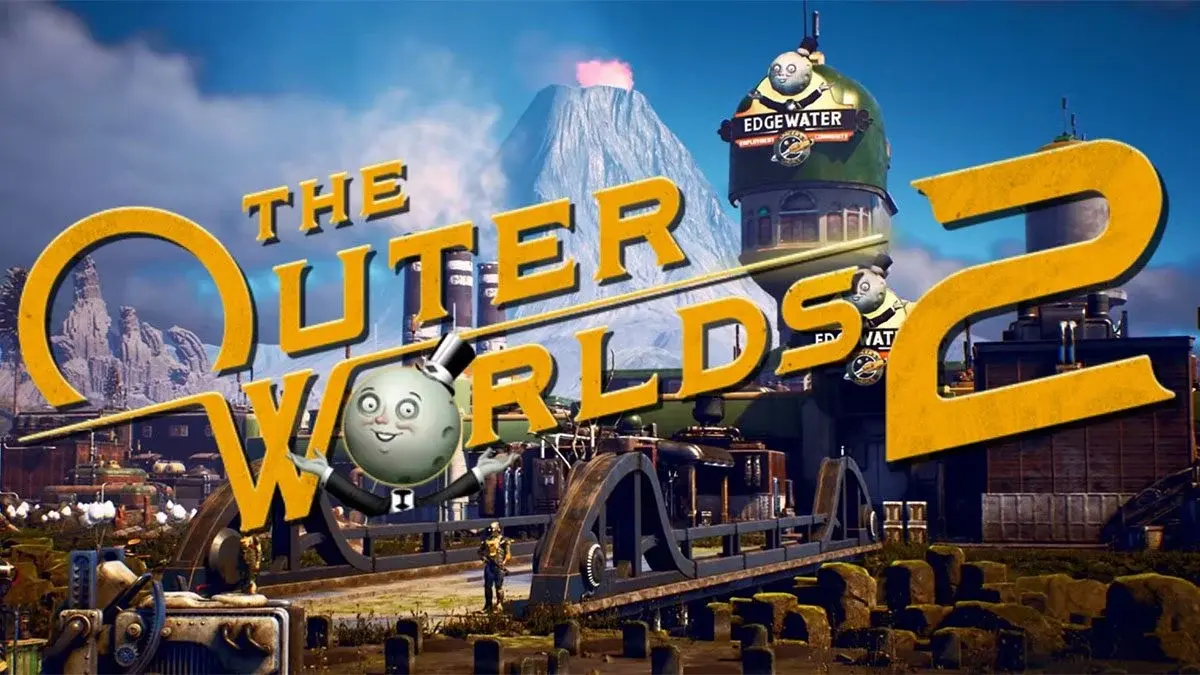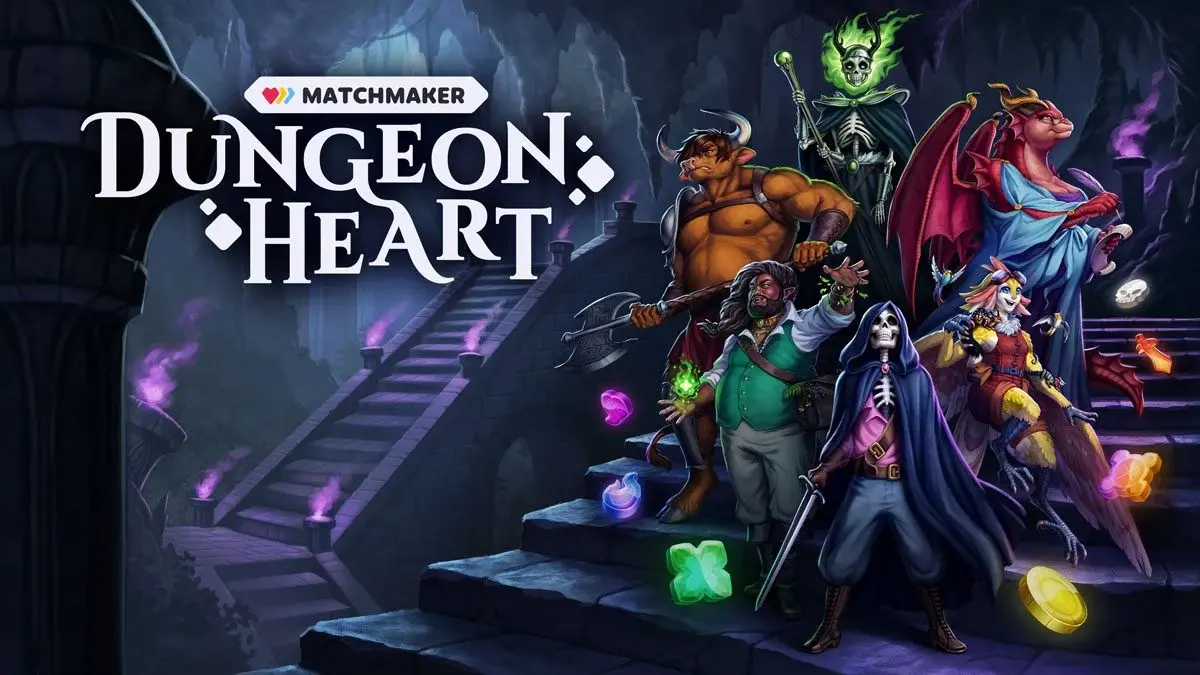One Game at a Time is a long standing mantra for sportsmen everywhere. It is sage advice on how to handle the stress of a long football season and an indicator of the maximum mental workload most footballers can handle. To me it is a good way to approach the history of rugby union and rugby league video games, making sure each title, no matter how terrible, is not overlooked.
Part I: Unlikely Beginnings | Part II: The Pre-Season | Part III: Goose-Step | Part IV: Days of Denton | Part V: Seriously, SNES? | Part VI: Give Yourself a Triple | Part VII: Lomu! | Part VIII: His Bad Knee
The pre-season
As Japanese and American gamers dug their teeth in to consoles British gaming in the 80s was primarily a home computer affair. The relative ease of programming for computers over consoles meant a flood of games in every possible genre, including niche sports such as rugby union.
Unfortunately the quality of independent development back in the 80s wasn’t quite at the same level it is today. 64K of RAM and EGA graphics were tough limitations to overcome, but the worst restriction for rugby games turned out to be the one button joystick. Yes, today we enter waggle territory.
International Rugby
- 1985 – Artic Computing
- ZX Spectrum, Amstrad CPC (version played)
Artic Software’s International Rugby is a noble effort but any semblance this game bears to the sport of rugby is coincidental. Passing and kicking are difficult to master and barely worth the bother while tackling plays second fiddle to simply being able to run up behind the ball carrier and steal the ball from them. This isn’t rugby, it is a seven a side game of keepaway.
It’s hard to hold ugliness against old Spectrum and Amstrad games but International Rugby on Spectrum is truly hideous, combining a disgusting colour palette with sound effects recorded with the sole instruction “dentistry nightmare”. Just look at it. The Amstrad looks a touch better, but all versions suffer from a lack of background scrolling, though mercifully the crossover point for International Rugby is about the 22m line rather than right on the goal.
Without any reasonable passing, kicking or tackling International Rugby is horribly limited. You would get more enjoyment from popping the tape in your stereo and listening to the digital screeching than you would playing the game. There is very little to be said about such a shallow attempt at replicating rugby, it is safely the worst of the four games featured in this series so far.
As for the creators, it is hard to say who did what in terms of game design. Donald Campbell is credited for the ZX Spectrum version; he would later go on to found Tiertex who we will be hearing from again in future instalments. John Prince and Adam Waring are the names on the Amstrad version, Prince would join Campbell at Tiertex while Waring, in between coding various Spectrum and Amstrad games, had a few writing stints at Your Sinclair and Amstrad Action magazines before coming to Australia and editing classic Sega rag Megazone for its final years.
International Rugby Simulator
- 1988 – Codemasters
- Atari ST (version played), Commodore 64, ZX Spectrum, Amstrad CPC
Codemasters’ International Rugby Simulator is a strange game, possessing innovations that current rugby games have not yet replicated while also lacking such rugby staples as rucks and such video game staples as playability. International Rugby Simulator may let you alter just about every aspect of the games simulation; the grab threshold of tacklers, their recovery animation length and at what simulated height a player can catch a pass; but it doesn’t matter much when the game is so unforgiving.
While the manual boasts of unprecedented artificial intelligence the reality of International Rugby Simulator is if you want a job done you must do it yourself. Only the player you control can pick up a loose ball and the AI defenders are worthless, refusing to make tackles. Not that you fare any better, pushing the tackle button usually results in your player diving onto the ground ineffectively, the time tested tradition of just running near the ball carrier until a tackle animation starts is a far more effective defence. Player switching, tackling, passing and kicking are all handled by a single “do all” button, making defence a lottery between switching to another player or diving at the ball carrier’s feet.
While the Atari ST can handle scrolling backgrounds, it can’t handle too much detail in said backgrounds resulting in a strange effect of the field scrolling until the five metre line, beyond which it switches to a view with the posts and crowd in view. It is jarring to defend your line and switch between the two views as passes are thrown behind the screen, usually resulting in an automatic try for the AI when it gets close to the line. Luckily for you there is also a particular angle you can run on the field where the computer seems incapable of making a tackle, making it easy to even the score.
International Rugby Simulator at least looks the part on Atari ST, but the crowd sounds more like waves crashing on the shore than a fanatical mob. The game even shifts to a ‘field view’ looking straight at the posts when a conversion or field goal is being kicked. Unfortunately other versions of the game don’t quite match the Atari ST in looks, the Spectrum and Amstrad in particular struggle, as you can see:
Yet credit where it is due, the AI here is among the best seen in any early rugby game. The AI opponent holds a strong defensive line that, provided you don’t cheese it, requires swift passing and broken tackles to penetrate. Your AI teammates will position themselves for passes and while too often passes out of ‘rucks’ fall back to nobody, in general play International Rugby Simulator is good at finding the man with the pass.
Ah, rucks. International Rugby Simulator is a game played with eight a side, meaning scrums of three men. You’ll see a lot of these scrums (won by waggling the joystick, of course) as the AI doesn’t particularly enjoy letting the ball go out of what the game calls a ruck. It looks more like a maul, a tackled player stands there with the option to pass backwards to continue play, an option the AI itself rarely takes. Seeing how often the ball flew out to nobody when I tried to let it go I can see why they prefer holding on and triggering a scrum. It turns games into a frantic waggle fest that soon results in broken sticks and sore wrists.
International Rugby Simulator is a very interesting note in the history of rugby gaming but despite the insane levels of customisation it falters in gameplay and execution. Some of that is the limitations of the platform, some of that is ordinary design. It is an intriguing but ultimately forgettable game.
Ian Dunlop is listed as the programmer, a man who would go on to have a distinguished career at Ion Storm and Acclaim working on Deus Ex: Invisible War, Thief: Deadly Shadows and the Turok series. He is currently heading a mobile studio, oeFun, Inc. Prolific 80’s composer David Whittaker did the sound design, we’ll be hearing more from him too. Whittaker has spent the last ten years working as Head of Audio for TT Games, the team behind all those Lego games. Graphics programmer Neil Adamson is still around too, working for European mobile developer Distinctive Developments. Their Rugby Nations 15 for iOS looks a touch better than International Rugby Simulator.
THE CRITICS
Reviews for the Japanese rugby games are something I could not track down, but scans of old magazines give us a hint as to how the European rugby games were received. One thing you will notice is how basic the criticism is, such was the simplicity of sports games of the time that merely including features like line-outs or goal kicking was a selling point. All magazine scans below are courtesy of the Internet Archive:
[ot-gallery url=”https://stevivor.com/gallery/gallery-critics-on-international-rugby-simulator/
Yes, our trip down rugby lane is off to a bumpy start. You’ll notice of course the complete lack of rugby league games so far, that will continue for a while thanks to the international popularity of union compared to league. The biggest trend of these early games was a complete inability to replicate a ruck, partly due to the inability to simulate a full rugby team of 15 players at once. Kicking was similarly underdeveloped, a killer for any accurate simulation of rugby.
The early days of rugby gaming were lacking. These games only hold novelty value today, a fate shared by most of the games from that era to be fair. With a new decade came new, powerful hardware in the Amiga and IBM PC, itself evolving as a gaming platform. It also saw two British publishers go head to head for rugby hearts and minds, and the debut of rugby league in digital form.
Next time: Rugby comes to the Amiga and C64.
This article may contain affiliate links, meaning we could earn a small commission if you click-through and make a purchase. Stevivor is an independent outlet and our journalism is in no way influenced by any advertiser or commercial initiative.




